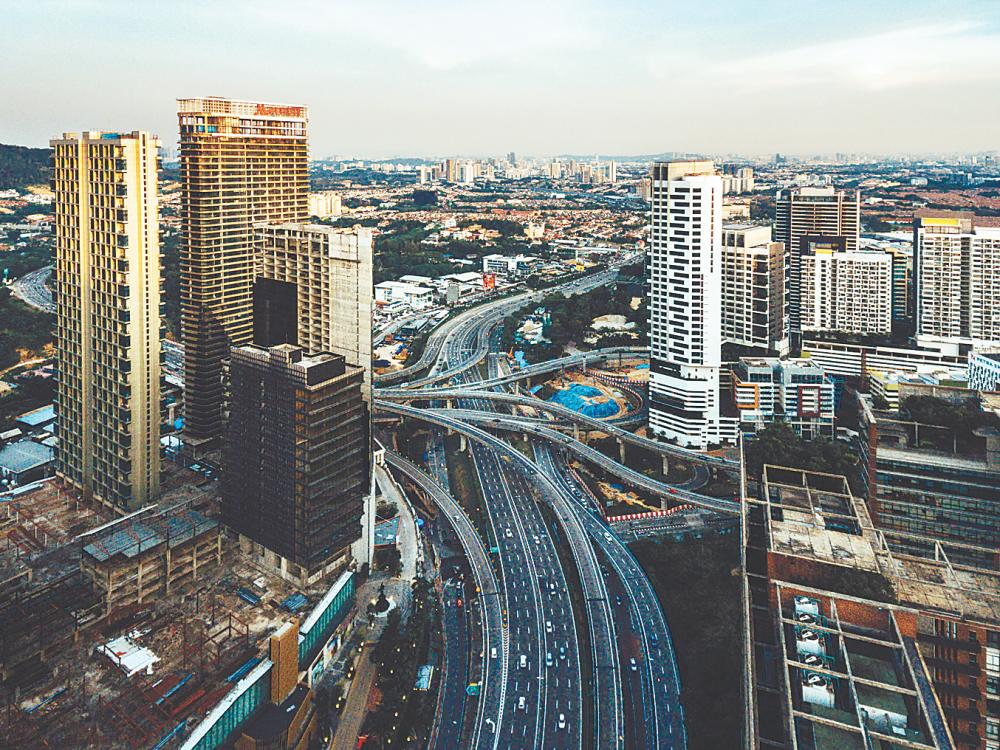PETALING JAYA: Selangor aims to expand its economy to RM500 billion within the next two to three years, up from RM400 billion currently, said Menteri Besar Datuk Seri Amirudin Shari.
Amirudin said the value of Selangor’s economy has hit RM406.1 billion, the first state in Malaysia to have an economy cross the RM400 billion mark.
“Yet again, Selangor’s position as a key cog in the national economic wheel was exemplified as we managed to surpass the national economic growth in 2023 at 5.4% compared to 3.6%,” he said in his speech at Invest Selangor’s silver jubilee celebration.
Despite this success, Amirudin stressed the importance of not becoming complacent and emphasised the need to look beyond current achievements to build a RM500 billion economy.
“That is the primary reason we have to look beyond Selangor’s borders, not be wholly content with a RM400 billion economy, but find ways to build a RM500 billion economy in the coming two to three years,” he explained.
To go about achieving the RM500 billion target, he called for a reinvigoration of Selangor’s manufacturing sector to support regional expansion in Southeast Asia and beyond.
“Prime Minister Datuk Seri Anwar Ibrahim has recently committed to Malaysia exploring a partnership with the BRICS economies in addition to our long-standing relationship with China.
“Brazil, Russia, India, South Africa represent new opportunities and areas of growth as markets for you to sell your products and use the goods and services manufactured in Selangor,” he said.
He also said that this is crucial at a time when traditional Europe is at a crossroads socially and economically, and instead of being wary or afraid, this should be seen as an opportunity for companies that are already present in Selangor.
Besides plans like having a stake in developing the Third Port in Carey Island, Amirudin said he has tasked agencies in the state to double down on moving up the value chain in semiconductors due to the uncertainty in both China and Vietnam.
“Similarly, Selangor is committed to working in not only meeting present but future ESG standards,” he said.
Amirudin noted that while services and manufacturing remain crucial, contributing 32.6% and 26.7% respectively to Selangor’s economy, as well as adapting to the rapidly changing economic landscape is essential.
“I do not need to remind you of the rapidly changing economic framework, or the fluid nature of new jobs coming into the market as companies begin to dive deeper into automation,” he said.
He said as of the end of June, 33.7% of the main projects and initiatives have been completed, while the remaining 66% are at stages of implementation with key areas like the Integrated Development Region in South Selangor or IDRISS, Sabak Bernam Development Area, or the new Shah Alam Sports Complex.
“The First Selangor Plan doesn’t only include the main areas the Selangor state government aims to implement, but represents a close-working relationship with the private sector through an inclusive approach so that when your plans are included as part of the state’s economic plan, it will improve the processes when you engage with state or local government agencies at various stages,” he said.









